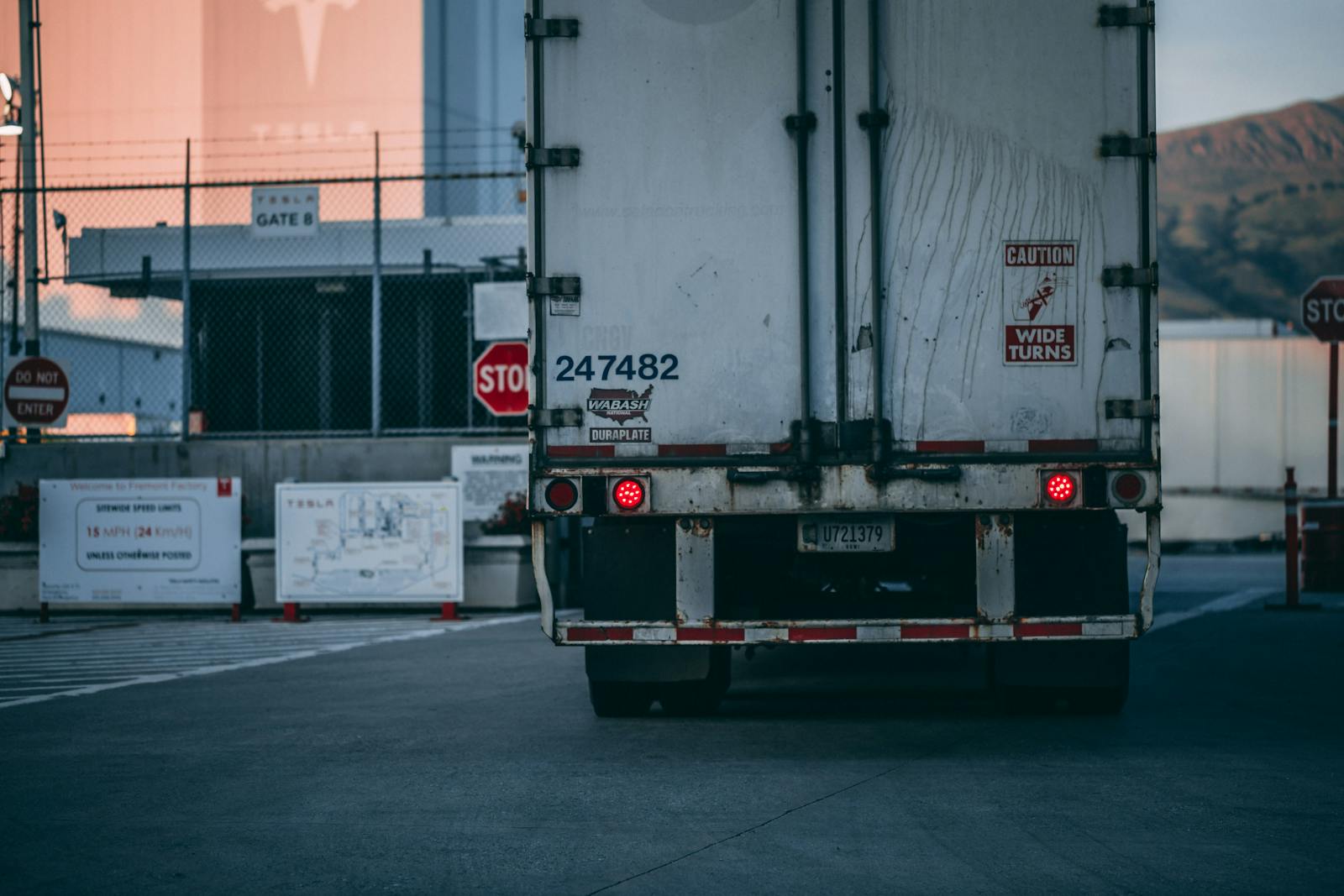Whether you’re moving product regionally or nationwide, LTL can provide significant cost savings, more frequent shipping options, and greater logistics flexibility.
At TCB Group, we help clients navigate the complexity of LTL shipping by designing custom solutions that reduce waste, control costs, and maintain service quality.
What Is LTL Shipping?
Less-than-truckload (LTL) shipping is used when a shipment doesn’t require a full 53-foot trailer. Instead, your freight shares space with other shippers’ freight, and you only pay for the portion of the truck you use.
Key characteristics:
- Typically 1–6 pallets, or under ~15,000 lbs
- Pricing based on freight class, dimensions, distance, and accessorials
- Often hub-and-spoke routing via regional terminals
- Used widely in B2B and industrial shipping, but increasingly in retail replenishment and DTC
Why Use LTL Instead of FTL?
Lower Cost per Shipment
You pay only for the space you need, making LTL a more affordable option for smaller or frequent shipments.
Flexible Shipping Frequency
LTL allows for more frequent, smaller deliveries—helping reduce storage needs and improve inventory turnover.
Broader Carrier Access
Many LTL carriers specialize in specific regions, industries, or timeframes, allowing for customized routing and service levels.
Better Carbon Footprint
Because LTL consolidates freight from multiple shippers, it often results in fewer trucks on the road—supporting your sustainability goals.
Challenges with LTL — and How to Solve Them
While LTL offers savings and flexibility, it also comes with added complexity:
Challenge | Solution Through TCB Group |
Freight class confusion | Expert classification guidance and automation |
Damaged freight risk | Packaging audits + palletization best practices |
Unexpected accessorial charges | Pre-routing audits + contract management |
Transit time variability | Carrier lane analysis + zone mapping |
Our team works directly with your shipping, receiving, and finance staff to ensure full visibility and minimized surprises.
Pro Tip: LTL Is Not One-Size-Fits-All
If you’re relying on a single LTL provider for all shipments, you’re likely overpaying or underperforming. TCB builds multi-carrier LTL strategies based on route performance, cost per mile, service level, and claim rate—customized for your network and shipment profile.
Technology Drives Smart LTL Execution
Modern LTL optimization is powered by:
- TMS (Transportation Management Systems) with live LTL rating tools
- Dimensional weight (DIM) calculators for accurate quoting
- EDI/API integrations with carriers for status tracking
- Freight audit platforms to verify invoices against expected rates
Whether you’re shipping from a single location or across multiple distribution centers, the right tools allow us to benchmark, automate, and continuously improve your LTL strategy.
How TCB Group Helps
We design LTL solutions for:
- Manufacturers shipping to wholesalers or retail distribution centers
- DTC brands fulfilling via 3PL networks
- B2B suppliers optimizing pallet shipments across the country
- Seasonal or overflow shippers needing regional LTL coverage
Our approach includes:
- Contract negotiation with vetted LTL carriers
- Mode shift analysis (LTL vs. FTL vs. parcel)
- Packaging and palletization consulting
- Real-time reporting and cost-to-serve visibility
Contact TCB Group
West Coast Headquarters: 1051 Mary Crest Rd, Henderson, NV 89074
West Coast Phone: (702) 478-8633
East Coast Headquarters: 6843 Conway Rd #140, Orlando, FL 32812
East Coast Phone: (407) 449-2421
Email: Sales@tcb3pl.com


